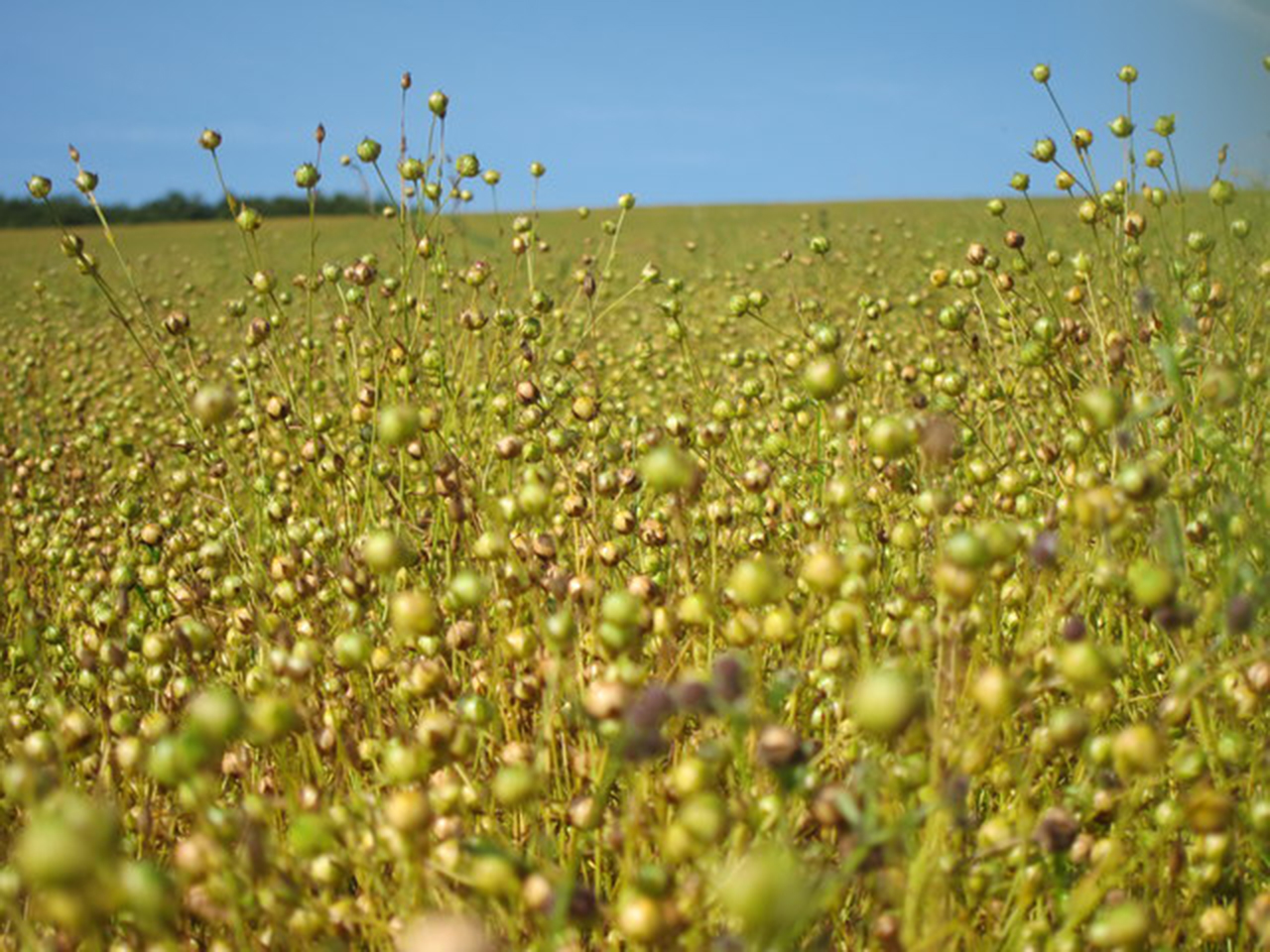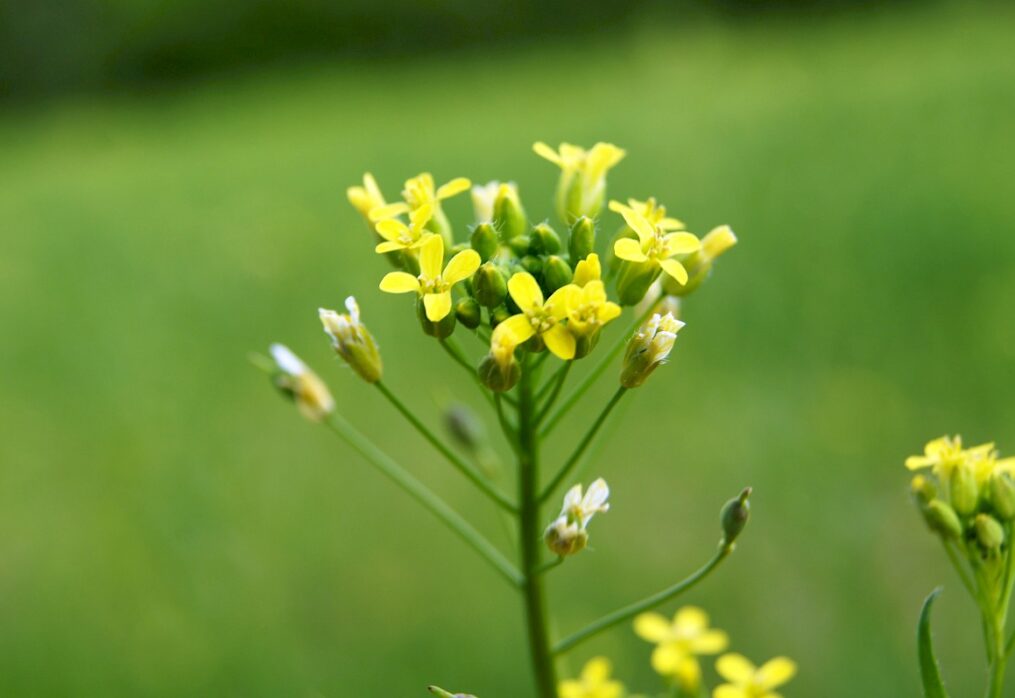Camelina: benefits of a new oilseed crop
How camelina can boost oilseed production in Canada
Global demand for oilseeds continues to grow strongly. As a result, farmers are looking for ways to increase production of the most popular oilseeds. However, Smart Earth Camelina encourages farmers to look at other crops, such as camelina. This crop can be a great alternative to canola.
According to Carleen Sarvas of Smart Earth Camelina, camelina is ideal for growing in arid regions. This includes western Canada, where oilseed production is traditionally low. This consists of the provinces of Alberta and Saskatchewan. There is a lack of rainfall during the growing season. This reduces the chances of a large canola harvest for local farmers. However, seeded currants are less sensitive to weather conditions. Its characteristics:
— it is a short-ripening crop that is virtually impervious to drought and frost;
— has a ripening period of 85-100 days;
— produces high yields on both dryland and irrigated soils;
— is well established as a cover crop;
— camelina allows farmers to reduce the risk of production losses during dry seasons.
In addition to the standard variety, camelina has spring and winter biotypes. As a result, this oilseed crop can be an ideal option for cultivation at any time of the year.
Crop production recommendations
Smart Earth has been working with camelina for over 10 years. Scientists are actively testing and adapting the spring variety for growing in Western Canada. At the same time, the company notes that the plant has great potential as a winter crop. In addition to resistance to high and low temperatures, the seeds have natural defences against pests. At maturity, plots show relatively low levels of disease. This is an advantage for farmers as it reduces the cost of crop treatments.
Camelina is an excellent crop rotation option. The crop needs most of its moisture during the rooting period. This is very important for the plant because of the small size of the seeds. Scientists recommend that camelina be sown shallowly so that they can absorb the necessary amount of moisture during irrigation. Once established in the soil, the crop requires no special growing conditions.
The winter variety is suitable for cover crops. It flowers around mid-May. This means that the crop has already built up the necessary moisture reserves when the dry season arrives.
Despite all the advantages of the crop, Sarvas is not urging farmers to abandon oilseed rape. The crop is an alternative to traditional oilseeds in regions with low yields. Camelina is also worth considering because of its low cultivation costs.
